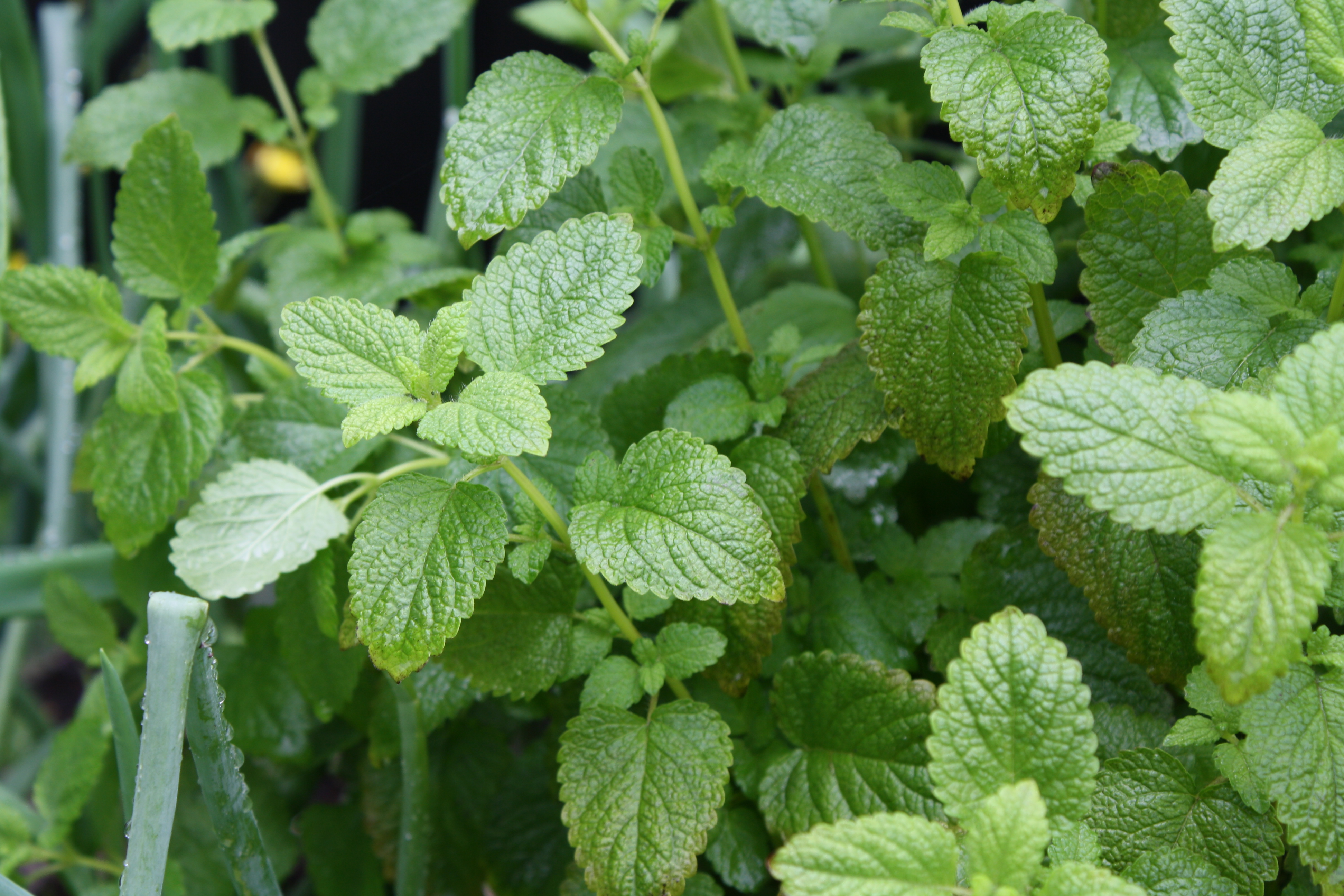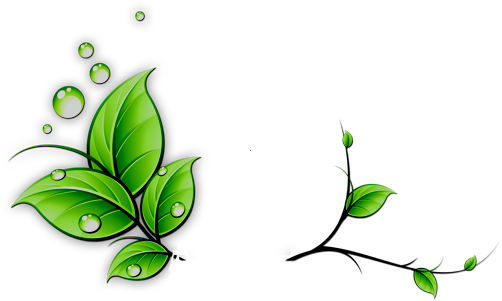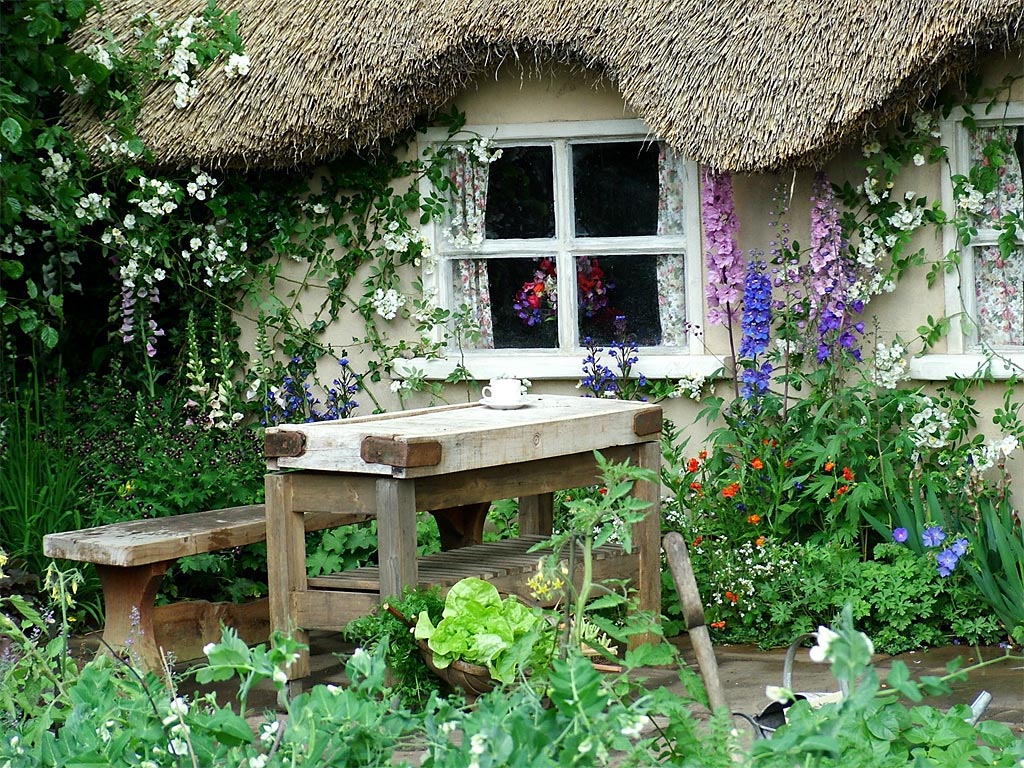Dispossession and Imperialism Repackaged as “Feeding the World”


The world is fast losing farms and farmers through the concentration of land into the hands of rich and powerful land speculators and agribusiness corporations. Smallholder farmers are being criminalised and even made to disappear when it comes to the struggle for land. They are constantly exposed to systematic expulsion.
In 2014, the Oakland Institute found that institutional investors, including hedge funds, private equity and pension funds, are eager to capitalise on global farmland as a new and highly desirable asset class. Financial returns are what matter to these entities, not food security.
Consider Ukraine. The organisation Grain found that in 2014 small farmers operated 16% of agricultural land in that country, but provided 55% of agricultural output, including: 97% of potatoes, 97% of honey, 88% of vegetables, 83% of fruits and berries and 80% of milk. It is clear that Ukraine’s small farms were delivering impressive outputs.
Following the toppling of Ukraine’s government in early 2014, the way was paved for foreign investors and Western agribusiness to take a firm hold over the agri-food sector. Reforms mandated by the EU-backed loan to Ukraine in 2014 included agricultural deregulation intended to benefit foreign agribusiness. Natural resource and land policy shifts were being designed to facilitate the foreign corporate takeover of enormous tracts of land.
Frederic Mousseau, policy director at the Oakland Institute, stated at the time that the World Bank and IMF were intent on opening up foreign markets to Western corporations and that the high stakes around the control of Ukraine’s vast agricultural sector, the world’s third largest exporter of corn and fifth largest exporter of wheat, constitute an overlooked critical factor. He added that in recent years, foreign corporations had acquired more than 1.6 million hectares of Ukrainian land.
Western agribusiness has been coveting Ukraine’s agriculture sector for quite some time, long before the coup. That country contains one third of all arable land in Europe. An article by Oriental Review in 2015 noted that since the mid-90s the Ukrainian-Americans at the helm of the US-Ukraine Business Council had been instrumental in encouraging the foreign control of Ukrainian agriculture.
In November 2013, the Ukrainian Agrarian Confederation drafted a legal amendment that would benefit global agribusiness producers by allowing the widespread use of genetically modified seeds. When GMO crops were legally introduced into the Ukrainian market in 2013, they were planted in up to 70% of all soybean fields, 10-20% of cornfields and over 10% of all sunflower fields, according to various estimates (or 3% of the country’s total farmland).
Interestingly, the investment fund Siguler Guff & Co acquired a 50% stake in the Ukrainian Port of Illichivsk in 2015, which specialises in agricultural exports.
In June 2020, the IMF approved an 18-month $5 billion loan programme with Ukraine. According to the Brettons Wood Project website, the government committed to lifting the 19-year moratorium on the sale of state-owned agricultural lands after sustained pressure from international finance. The World Bank incorporated further measures relating to the sale of public agricultural land as conditions in a $350 million Development Policy Loan (COVID ‘relief package’) to Ukraine approved in late June. This included a required ‘prior action’ to “enable the sale of agricultural land and the use of land as collateral.”
Read in Full
Saffron harvest in Golestan province Iran

VAMENAN, Oct. 24 (MNA) – Vamenan village in Golestan, the northeastern province of Iran is one of the hubs for producing the best saffron in Iran. Many farmers are busy with harvesting saffron flowers at this time of the year.
View more photos at link
https://en.mehrnews.com/photo/165092/Saffron-harvest-in-Golestan-prov
Eco-Genocide And The Genetically Engineered Mosquito Army

By Whitney Webb | The Last American Vagabondfrom OpEdNewsWednesday, Sep 2, 2020
The unanimous approval to allow the deployment starting this summer of over 1.2 billion genetically modified mosquitoes in Key Haven, Monroe County, Florida over a period of two years could very well decimate a substantial part of Florida’s natural flora and fauna—
The enemies of life are breeding their own agents of ecological destruction aided and abetted by an incompetent EPA and a rubber-stamp government in Florida, which just gave unanimous approval for the release of hundreds of millions of genetically modified mosquitoes by a company with deep ties to Bill Gates, the US military, and Big Ag.
Read in Full 👇
How to Grow a lot of Food in a Small Garden – 9 EZ tips and more

This might be a good time to start growing your own food 🍓🌞
Winter is a Great Time for Gardening in ‘Mediterranean’ Climate Areas!
This article is not for areas that get snow or frequent frost during winter, but a good-sized (and, with climate change, growing) chunk of the world has a “Mediterranean” climate, including western Australia, western South Africa, the ring of countries around the Mediterranean Sea (Portugal, Spain, southern France, Italy, Greece, Yugoslavia, Turkey, Israel, Jordan, Lebanon, Syria, Algeria, Morocco, etc), coastal Chile, and my area, California. (Notice they all have the ocean on their west, which keeps their winters mild.) “Mediterranean” means that during a large part of the year we have no or little rain, and since this arid condition is among those that can really benefit from Permaculture practices, it might benefit many who check in here to talk about the benefits of winter gardening.
Read in Full 👇

Edible Landscaping: Mixing Vegetables And Herbs With Flowers
Edible landscaping is simply a way of using veggies, herbs and flowers in the garden that will perform multiple functions, such as for food, flavor and ornamental appearance. Let’s take a look at how to mix edible plants in the garden.
Read more at Gardening Know How
https://www.gardeningknowhow.com/edible/vegetables/vgen/edible-landscaping-mixing-vegetables-and-herbs-with-flowers.htm
Edible Landscaping: How to Start a Beautiful Perennial Plot for Food Supply
For long-term value, planting a perennial edible landscape plot is well worth the trouble.
Read in Full 👇
https://morningchores.com/edible-landscaping/

Man Quits Job in Finance to Create Incredible Permaculture Garden | From Finance to Farmer


Extremely Drought Tolerant Perennials

A Starter List of Plants for the Gardener Who Doesn’t Like to Water (or water conscience gardeners).
Source 👇
http://www.perennialresource.com/photo_essay.php?ID=311

The Best Water-Wise Plants for Drought-Tolerant Gardens
Pictures and Ideas for Your Drought-Tolerant Landscape
https://www.thespruce.com/water-wise-plants-drought-tolerant-gardens-2736715
Reasons to Consider Drought-Tolerant Landscaping
Drought-tolerant landscaping has become more popular and even mandatory in regions that experience little or sporadic rainfall. Some regions and cities impose fines or offer rebates and incentives to homeowners who replace their thirsty lawns and gardens with water-wise plants and hardscape. If you drive by a home with a dying lawn, the residents probably have stopped watering it and are planning to add gravel, river stones, permeable paving, and low- or no-maintenance ground covers, shrubs, trees, and perennials that don’t need daily irrigation.
Read in Full 👇
https://www.thespruce.com/drought-tolerant-landscaping-what-to-know-2736660

Drought-Tolerant Perennials
If you wish to grow flowers in an area pounded by full sun all day, consider a landscape plan that focuses on drought-tolerant perennials. The use of such plants will reduce time and money spent on irrigation. Descriptions of the flowers to be planted in one such landscape plan are presented below.
Read in Full 👇
https://www.thespruce.com/drought-tolerant-perennials-2130962

Genetically Modified Seeds: Conceived as a Weapon Part III

GM seed was conceived, promoted, researched and funded by the US Department of Defense – the American War Department. GM seed was never meant as a way to feed the hungry, but was instead conceived and developed as a weapon or, more precisely, as a weapons-delivery system. Genetically-Modified seed was never intended to support human life, but to eliminate it.
Read in Full 👇🍅
https://www.globalresearch.ca/genetically-modified-seeds-conceived-weapon/5703004
It’s Farmer v. Monsanto in Court Fight over Dicamba Herbicide

A showdown is underway in the Midwest as the owner of a large Missouri peach farm seeks to hold the former Monsanto Co. accountable for millions of dollars in damage to his crops—losses the farmer claims resulted from a corporate strategy to induce farmers to buy high-priced specialty seeds and chemicals.
Source 👇
https://www.globalresearch.ca/farmer-monsanto-court-fight-dicamba-herbicide/5703026
The Bee: The Most Important Living Being on the Planet 🐝

The Earthwatch Institute concluded in the last debate of the Royal Geographical Society of London, that bees are the most important living being on the planet, however, scientists have also made an announcement: Bees have already entered into extinction risk.
United Bees around the world have disappeared up to 90% according to recent studies, the reasons are different depending on the region, but among the main reasons are massive deforestation, lack of safe places for nests, lack of flowers, use uncontrolled pesticides, changes in soil, among others.
Read in Full 👇🐝
https://www.globalresearch.ca/bee-most-important-living-being/5690603United











Recent Comments